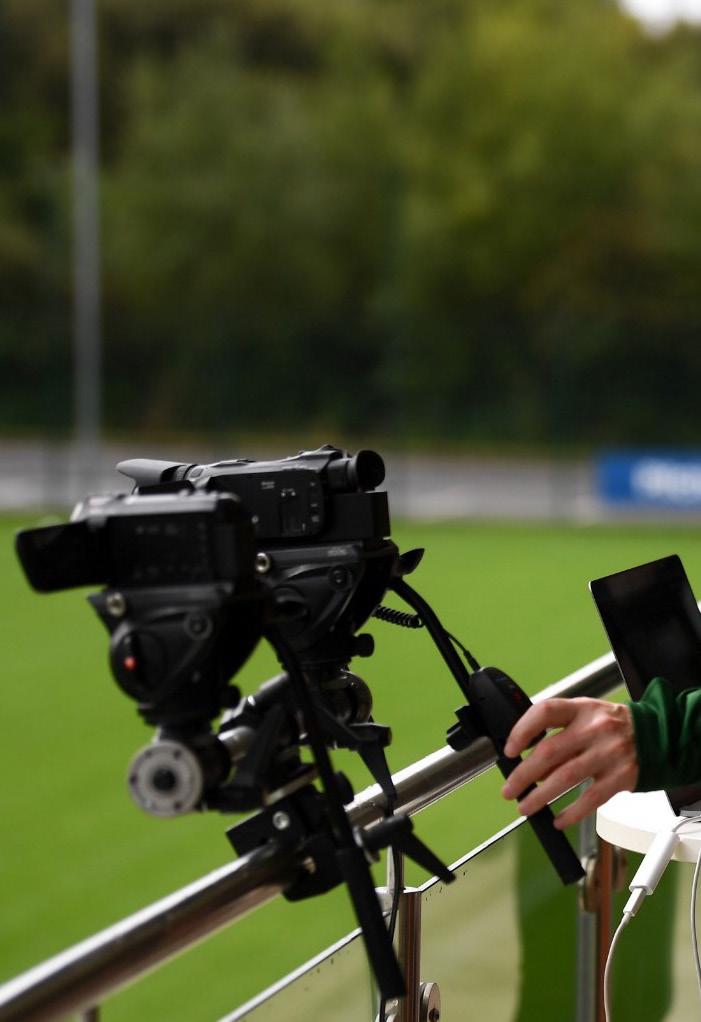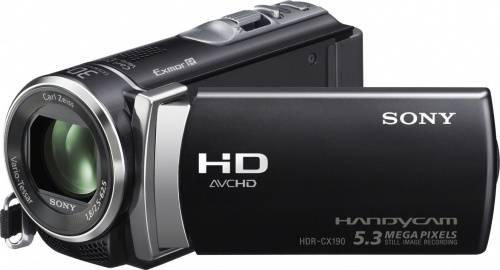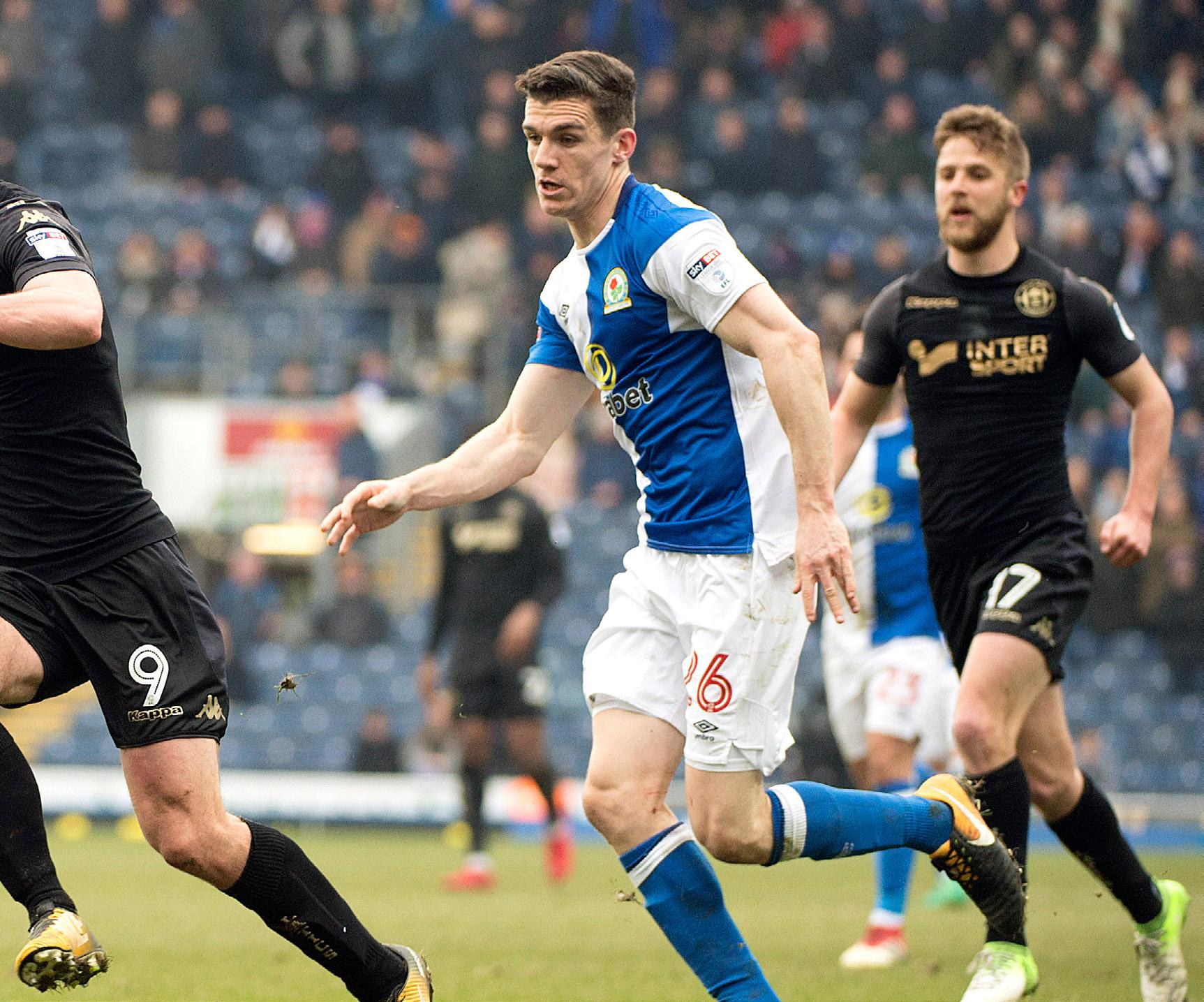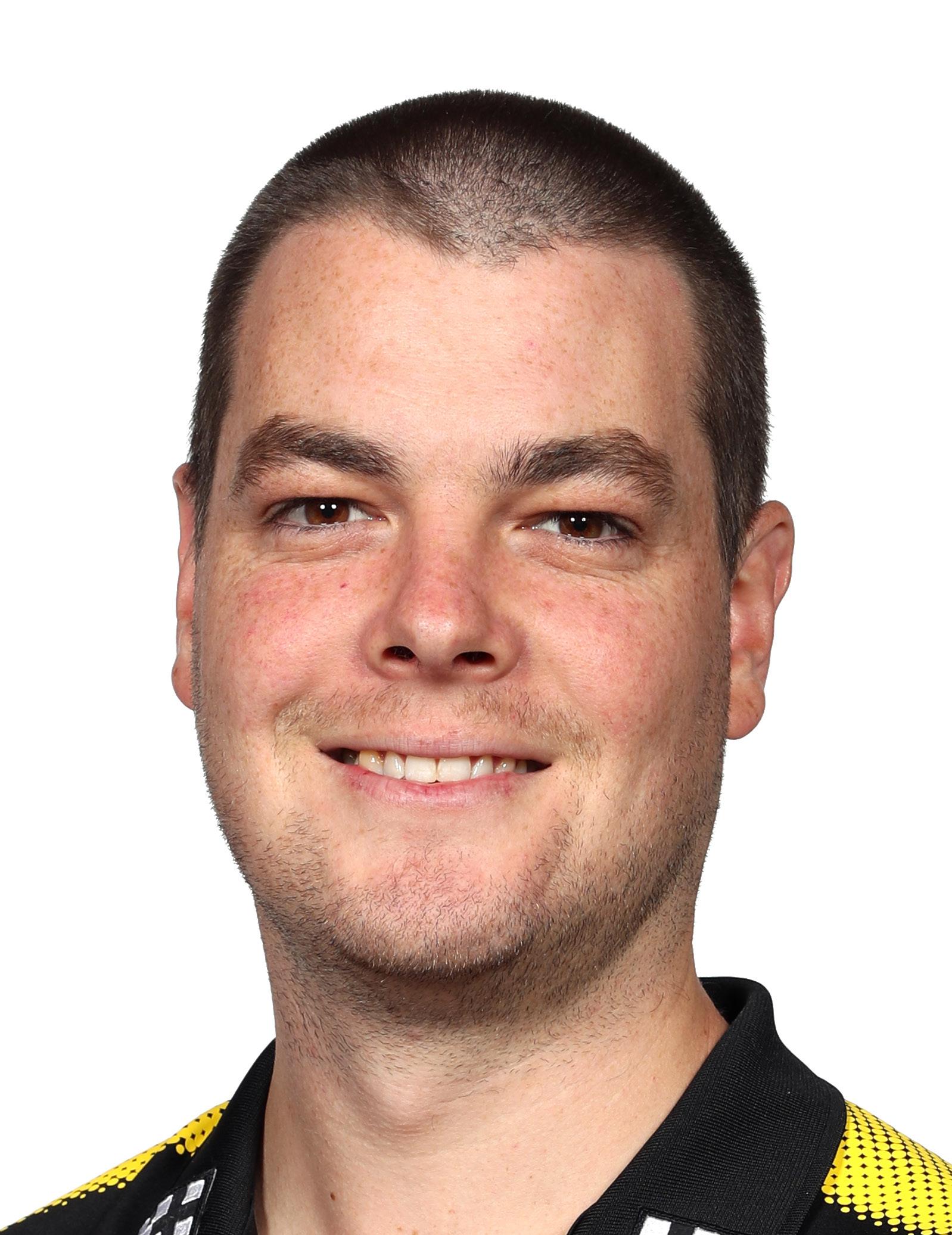
3 minute read
Stade Rochelais Secure the Best View in the House
In the millionaire’s playground of French toplevel rugby, advantages are hard to come by. Successful Top 14 side Stade Rochelais use IP camera technology in their new training facility to gain an edge.
Performance analyst Mathieu Leroy can now provide analysis as soon as training ends.
Scan me for the full story.
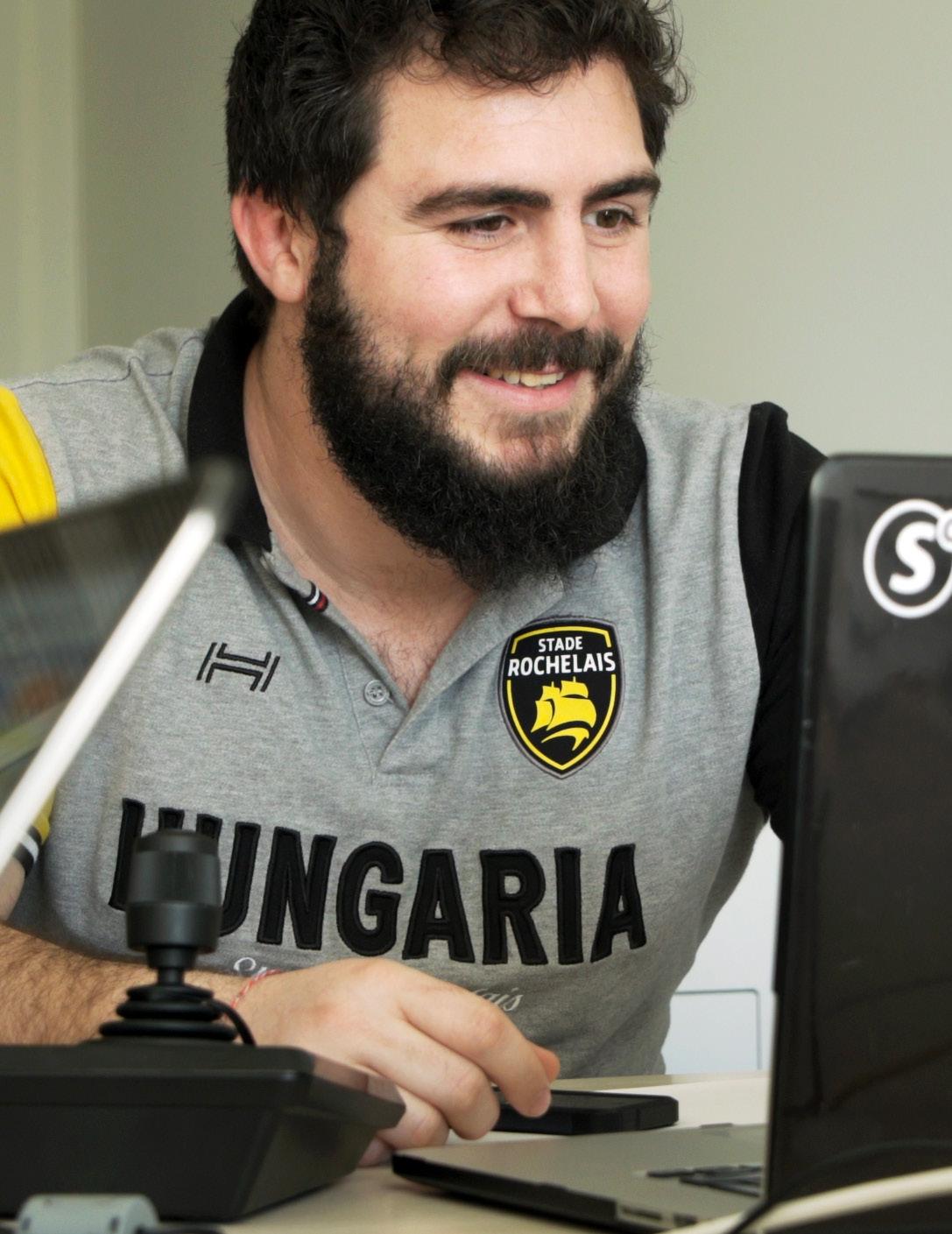
Rather than only invest in players, Stade Rochelais have constructed a brand new state-of-the-art training facility featuring an internet protocol (IP) camera setup above all three of their training pitches. These digital cameras can send and receive data via the internet. With this setup, the Stade Rochelais analysis team has a live panoramic feed of training sessions fed directly into their office—meaning training footage from any of their three fields can be analysed in real time. Before this, analysts had to manually film sessions and wait to analyse the video until after the players had left the ground, a process that required several hours of manpower each training session.
Stade Rochelais performance analyst Florent Agounine explains the value this camera technology gives for rugby in particular. “We have three IP cameras at the training centre. One in the indoor arena, which is a wide angle, and two on the outside fields,” Agounine said. “IP Cameras are generally used from the horizontal viewpoint in football, but after consulting with coaches, we were able to adapt our setup with the cameras by placing them at the end of the pitch as it provides a better view for rugby patterns and structures.”
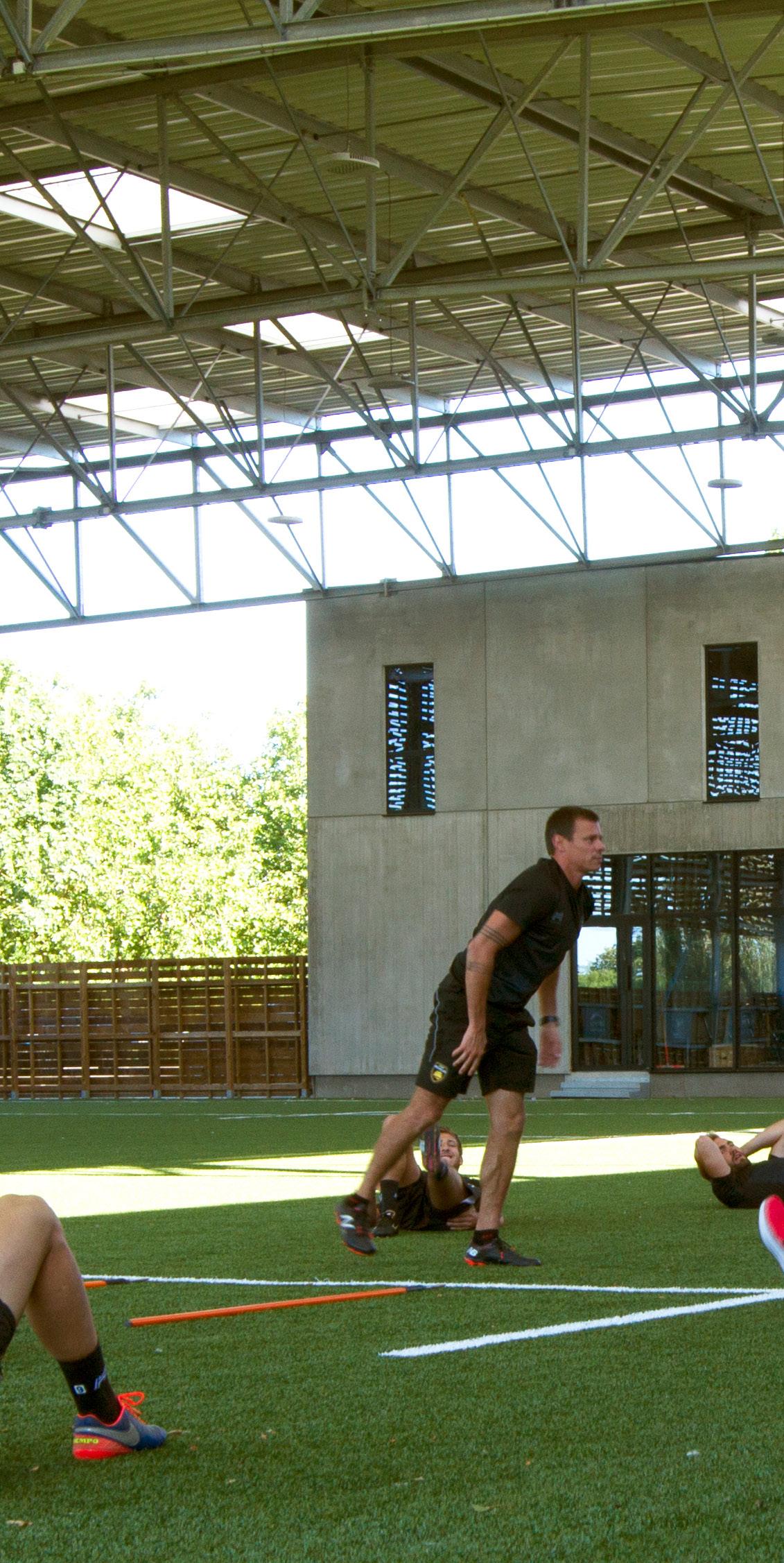
Florent Agounine, Performance Analyst
Players prepare for training on one of three fields at the new Apivia Parc Performance Center.
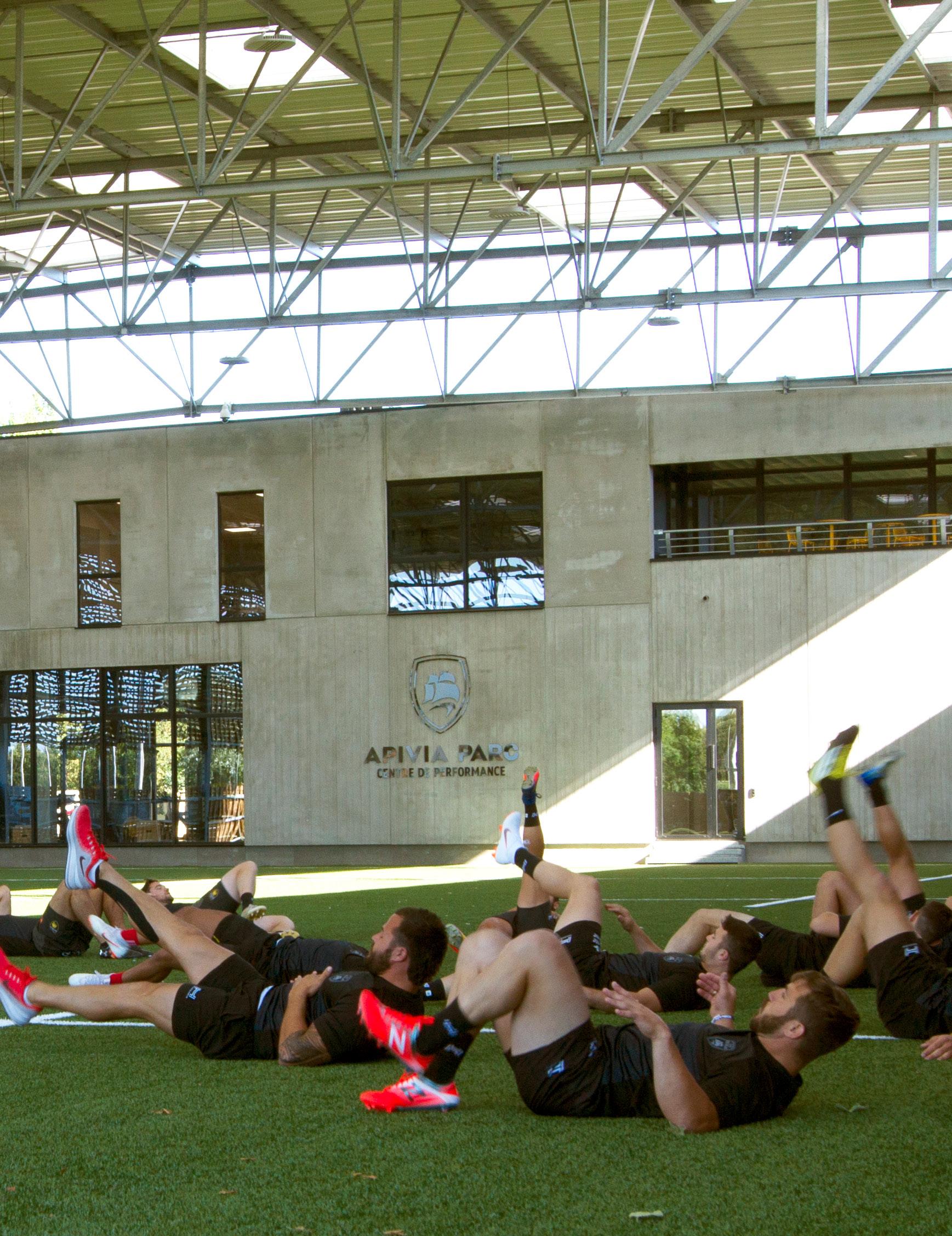
The integration with Sportscode makes the IP camera setup a big time-saver for fellow analyst Mathieu Leroy. “What is recorded outside by our IP cameras is sent directly to Sportscode where we code training live from our office,” Leroy said. “It’s very quick for us and the players. 10 minutes after training, the players have their analysis ready for them on Hudl to look at while they have their post-training meal. This means players are still engaged and can absorb the information while the training session is still fresh in the mind.” Agounine and his team produce specific code windows for lineouts, scrums, backs play and collective team runs to create a detailed analysis of the camera recordings they receive daily. After coding these different set pieces, they send the outputs to position-specific groups via Hudl.
Mathieu Leroy, Performance Analyst
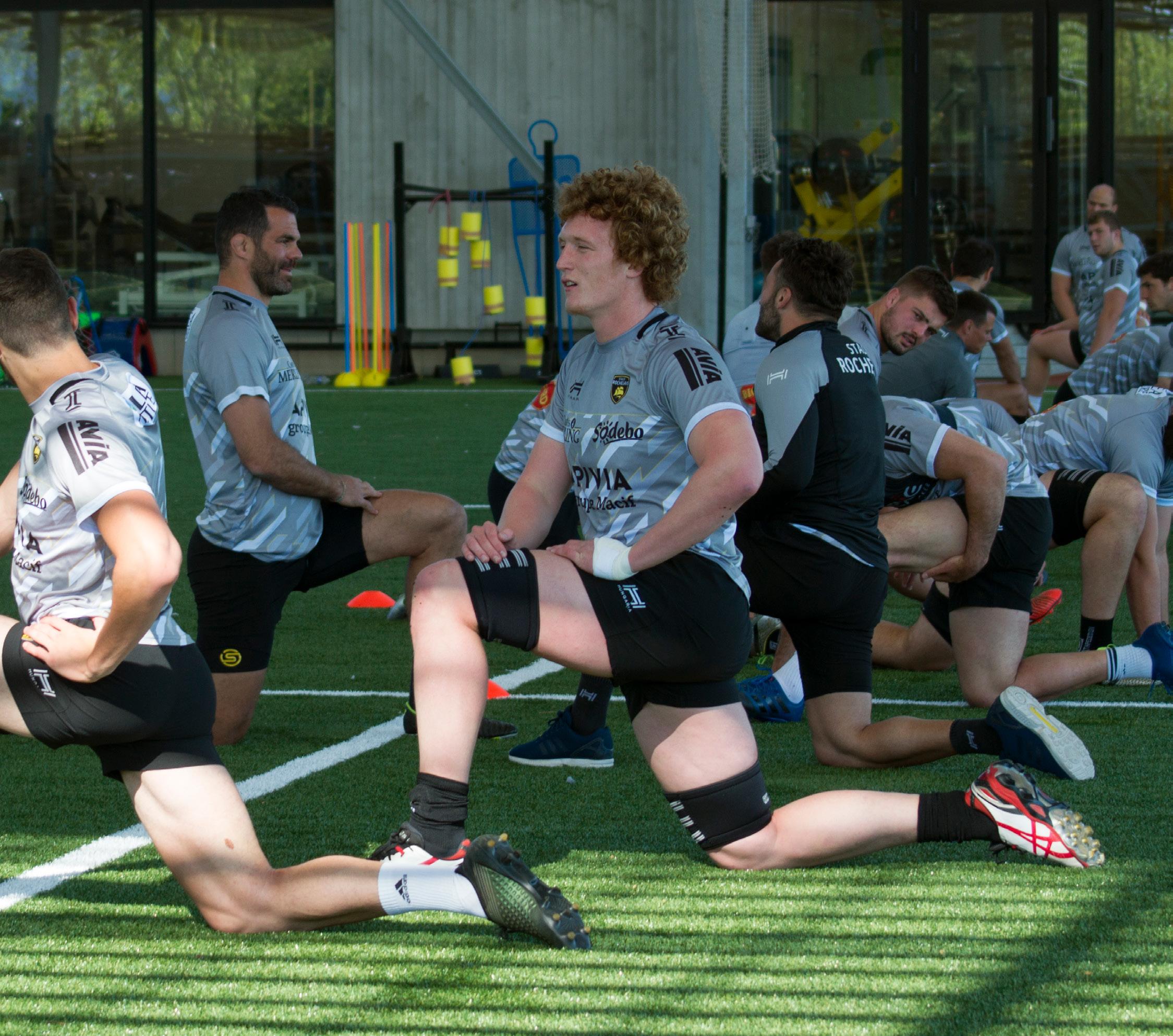
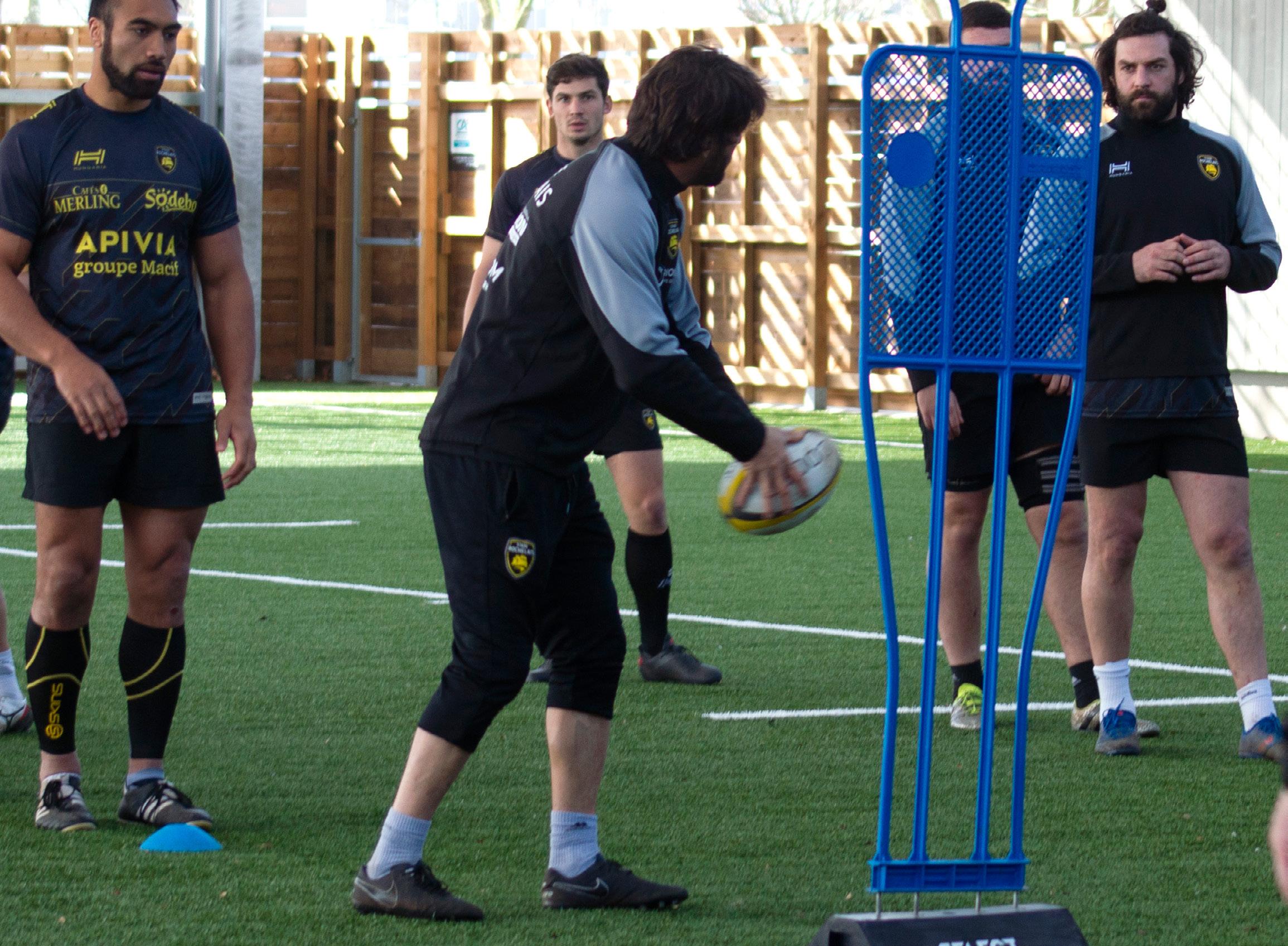
Stade Rochelais have already showed innovation by building a dedicated area for scrum training on a slanted surface, which acts as a form of resistance for the forward pack pushing uphill. Agounine’s next goal is to introduce a fourth IP camera that will focus purely on the scrum, an area of the game with several technical components to break down. As part of Stade Rochelais’ fiveyear project, the club wants 30 percent of their players to be academy graduates. Leroy outlines how using Sportscode throughout the entire club structure helps them achieve this goal.
“You need to learn how to use feedback with video, and we press that you begin to learn when you’re 16 years old,” Leroy said. “With exposure to video analysis, a player who comes from the academy will not feel lost when he graduates to a professional team. Because the strategies and the names of the announcements and keys we use are all the same across the club, you are already prepared, which is an advantage.”
Agounine explains how video analysis is directly linked between all aspects of the club. “There is always discussion between analysts, the coaches of the academy and the professional coaches,” said Agounine. “We have the same code, stake and strategy, which allows us to move forward together as a club.”

